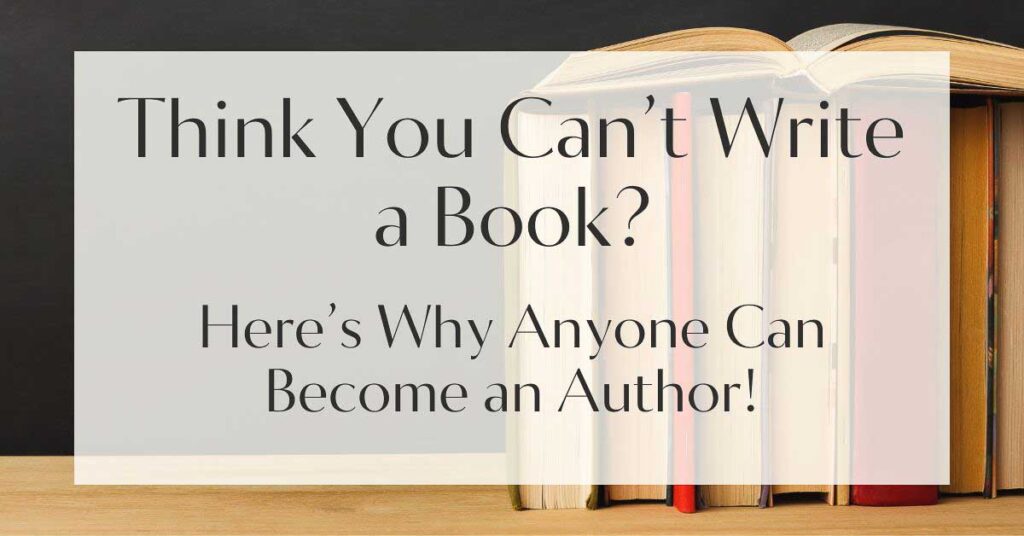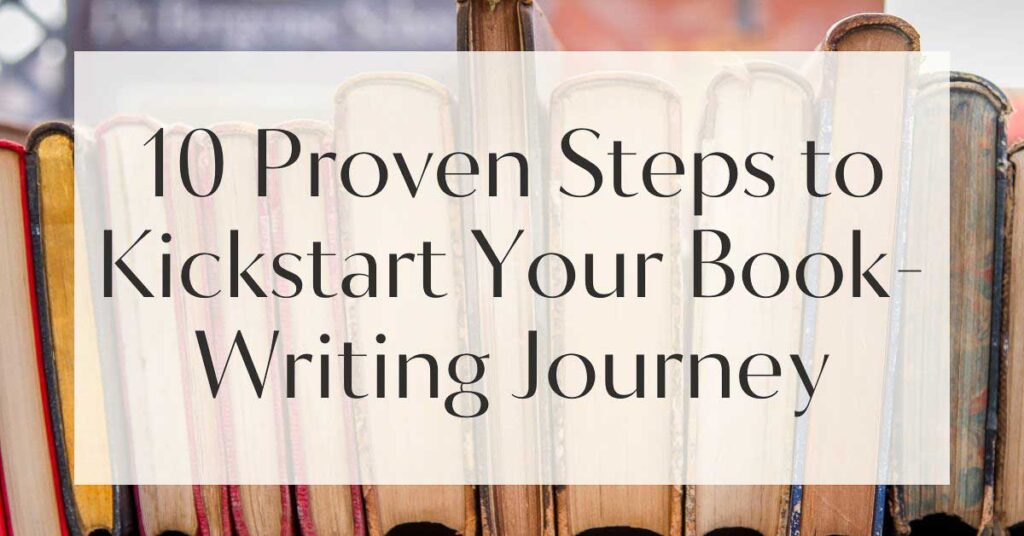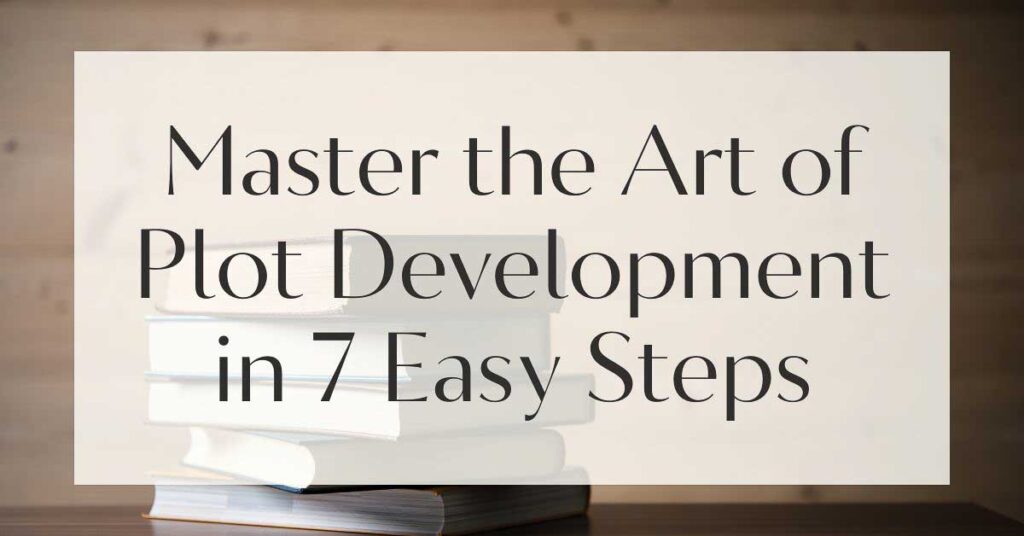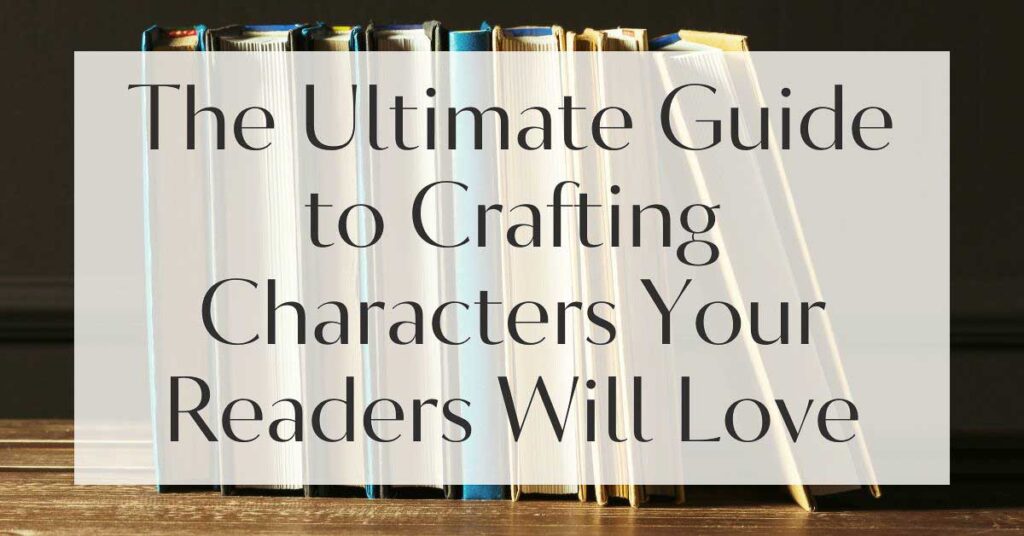Imagine being so engrossed in a story that you feel like you’re walking alongside the characters, only to have the rug pulled out from under you with a twist so unexpected, it takes your breath away. This is the magic of effective plot twists, those narrative sleights of hand that turn a good story into a great one.
Whether you’re an aspiring writer or a devoted reader, understanding how these twists work can deepen your appreciation for storytelling. Join us as we unravel the secrets behind plot twists that not only surprise but also satisfy.
The Art of the Twist: Understanding Effective Plot Twists
Plot twists are the lifeblood of engaging storytelling, breathing new life into narratives and keeping audiences on the edge. But what makes a plot twist truly effective? It’s not just about shock value; it’s about enriching the story’s fabric in a way that feels both surprising and inevitable.
Like a master magician revealing a trick, a well-crafted twist should leave readers marveling at the intricate tapestry of the narrative.
What Makes a Plot Twist Effective?
At the heart of every compelling plot twist lies a delicate balance between surprise and inevitability. The twist must be unexpected, yet, in hindsight, it should feel like the only logical conclusion.
This paradox separates the eye-roll-inducing twists from those that elicit gasps of admiration. A twist must also resonate emotionally, altering the stakes or deepening the characters’ development meaningfully.
To craft an effective plot twist, focus on character development. Ensure that the twist aligns with your characters’ established personalities and motivations. This creates a more believable and impactful twist that feels organic to the narrative.
The Role of Foreshadowing in Plot Twists
Foreshadowing is the secret ingredient that lends credibility to a twist. By planting subtle hints throughout the narrative, writers can prepare their audience for the twist without giving it away.
These breadcrumbs create a trail that, when followed backwards, reveals the twist as a natural extension of the story. However, the art lies in the subtlety—too obvious, and the twist loses its impact; too obscure, and it feels unearned.
Use foreshadowing to enhance your plot twists by embedding clues early in the story. These clues should be subtle enough to go unnoticed initially but clear retrospectively. This technique adds layers to your narrative and rewards attentive readers.

Seven Plot Twists That Leave Readers in Awe
Now, let’s delve into seven plot twists that have captivated audiences. Each twist serves as a testament to the power of clever storytelling techniques, proving that these twists can elevate a narrative to new heights when executed well.
1. The Unreliable Narrator: A Twist of Perspective
The unreliable narrator twist flips the script by revealing that the story’s perspective cannot be trusted. This revelation forces readers to reassess everything they thought they knew, adding a layer of complexity to the narrative.
It challenges assumptions and invites deeper engagement, as readers become detectives piecing together the true story from the narrator’s biased account.
Consider classics like “The Sixth Sense” or “Gone Girl,” where the unreliable narrator twist redefined the story’s trajectory. In these tales, the twist doesn’t just shock—it enriches the narrative by adding depth and complexity to the characters and their motivations.
2. The Double Agent: Betrayal from Within
Betrayal is a powerful tool in storytelling, and the double agent twist exploits this to full effect. When a trusted ally is revealed to be working against the protagonist, the emotional stakes skyrocket. This twist taps into our innate fear of betrayal, making it relatable and riveting.
Such twists are common in espionage thrillers, where the tension between trust and deceit is palpable. The double agent twist propels the plot forward and forces characters to confront their own vulnerabilities and reevaluate their alliances.
To create a memorable betrayal twist, develop the betraying character with depth and nuance. Their motivations should be complex and understandable, even if their actions are reprehensible. This adds layers to the narrative and enriches the story.
Feeling lost with your debut novel?
Fiverr Pro connects you with expert editors, designers, and marketers – everything you need to get your book ready for success!

3. The Time Jump: Rewriting the Past
The time jump twist offers a narrative jolt by shifting the timeline, often revealing past events that reshape the present. This twist plays with the concept of time, offering new insights into characters and events. It can serve as a powerful tool for character development, revealing hidden depths and motivations.
Films like “Memento” and “Inception” masterfully use time jumps to weave intricate narratives that challenge viewers to reconsider their understanding of the story. This twist surprises and enriches the narrative tapestry, offering a fresh perspective on familiar events.
4. The Hidden Identity: Secrets Revealed
Few things are as tantalizing as a secret identity, and the hidden identity twist greatly exploits this intrigue. When a character’s true nature or past is revealed, it can upend the entire narrative, forcing readers to reevaluate their perceptions. This twist plays on the theme of duality, exploring the masks we wear and the truths we hide.
From “Fight Club” to “The Prestige,” hidden identity twists have become a staple of storytelling. They capture audiences with their blend of mystery and revelation. These twists surprise and invite reflection on the nature of identity and self-perception.

5. The Red Herring: Misdirection Mastered
Red herrings are the smoke and mirrors of storytelling, diverting attention away from the true twist. By leading readers down false paths, writers can enhance the impact of the actual twist. This technique relies on misdirection, skillfully planting clues that mislead without frustrating the audience.
Agatha Christie, the queen of mystery, often employed red herrings, keeping readers guessing until the final page. When executed well, this twist surprises and delights, rewarding attentive readers with a satisfying resolution.
6. The Tragic Flaw: Downfall by Design
The tragic flaw twist centers on a character’s inherent weakness leading to their downfall. This twist is deeply rooted in character development, as the flaw is often hinted at throughout the narrative. When the flaw is finally revealed as the catalyst for the twist, it offers a poignant commentary on human nature and the consequences of our choices.
Shakespeare’s “Macbeth” is a classic example of this twist, where ambition becomes the tragic flaw that leads to the protagonist’s demise. This twist enriches the narrative and offers a moral lesson on the dangers of unchecked ambition.
7. The Unforeseen Ally: Help from the Shadows
Just as betrayal can shake a narrative, introducing an unforeseen ally can invigorate it. This twist introduces a new character or reveals a familiar one in a new light, offering unexpected assistance to the protagonist. It plays on themes of redemption and second chances, adding depth to the narrative.
In stories like “The Lord of the Rings,” unforeseen allies play pivotal roles, turning the tide in favor of the protagonists. This twist surprises and enriches the narrative by exploring themes of loyalty and redemption.
Google Docs is for notes. Scrivener is for novels. Upgrade your writing game and try it for free today!

Crafting Your Compelling Plot Twists
Creating a plot twist that resonates requires a delicate balance of planning and spontaneity. The most compelling twists feel both surprising and inevitable, leaving readers in awe of the storyteller’s craft.
Techniques for Building Suspense and Surprise
Suspense is the lifeblood of a compelling plot twist, keeping readers on the edge. To build suspense, writers must carefully control the flow of information, revealing just enough to keep readers engaged while withholding key details until the right moment.
This technique involves a dance between revelation and concealment, crafting a narrative that teeters on the edge of discovery.
One effective method is to use pacing to your advantage. By varying the tempo of the narrative, writers can heighten the tension and create moments of breathless anticipation. This ebb and flow of suspense ensures that the twist lands with maximum impact.

Balancing Predictability and Surprise
Striking the right balance between predictability and surprise is crucial for crafting an effective plot twist. A twist that feels too random can alienate readers, while one that’s too predictable loses its impact.
The key is to plant subtle hints throughout the narrative, allowing readers to piece together the puzzle without fully grasping the solution until the twist is revealed.
When crafting a twist, consider the expectations you’ve set for your readers. Use these expectations to your advantage by subverting them in unexpected ways. This creates a surprising and satisfying twist, enhancing the overall narrative.
Engaging Your Audience with Narrative Structure
Narrative structure is the backbone of any story, shaping the flow and pacing of the plot. By experimenting with structure, writers can enhance the impact of their twists and engage their audience on a deeper level.
Using Humor and Curiosity to Enhance Storytelling
Humor and curiosity are powerful tools for engaging readers, adding enjoyment to the narrative. By incorporating humor, writers can create moments of levity that contrast with the tension of the plot twist, enhancing its impact. Conversely, curiosity keeps readers invested in the story, eager to uncover the next revelation.
Consider using humor as a narrative device, weaving it into the dialogue and interactions between characters. This enriches the story and creates a more immersive reading experience, drawing readers into the world you’ve created.
No marketing platform? No social following? No problem!
Publisher Rocket helps you market your debut novel like a pro.
It’s a gamechanger for debut authors – try it today!

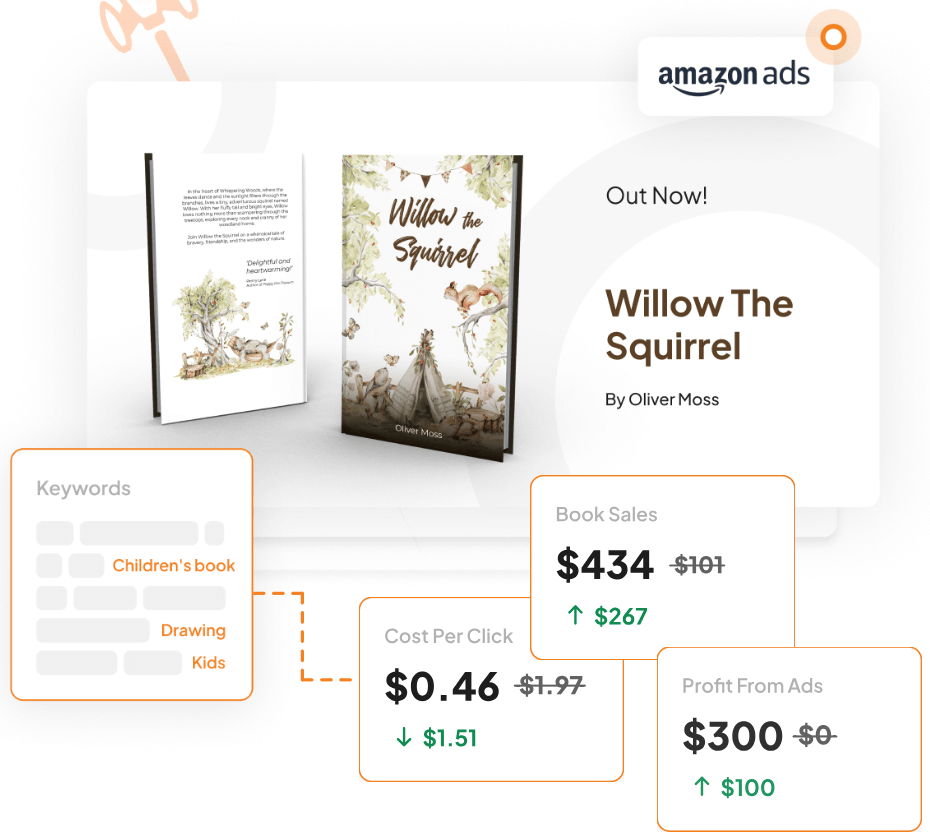
Rhetorical Questions: Inviting Reader Reflection
Rhetorical questions are a powerful tool for engaging readers, prompting them to reflect on the story and its themes. By posing questions that challenge assumptions or explore deeper meanings, writers can invite readers to participate actively in the narrative.
For example, a rhetorical question might explore a character’s motivations or the implications of a twist, encouraging readers to think critically about the story. This technique deepens engagement and enriches the narrative by fostering a sense of curiosity and exploration.

Celebrating the Craft: Plot Twists in Popular Media
Plot twists are a staple of popular media, captivating audiences across genres and mediums. By analyzing famous twists, we can gain insights into the art of storytelling and the techniques that make these twists so memorable.
Analyzing Famous Plot Twists in Literature and Film
From the shocking revelations of “The Usual Suspects” to the mind-bending twists of “Inception,” plot twists have become iconic moments in film and literature. These twists surprise and redefine the narrative, challenging audiences to rethink their understanding of the story.
By studying these twists, we can learn valuable lessons about the art of storytelling, from the importance of foreshadowing to the impact of character development. These insights can inform our writing, helping us craft twists that resonate with readers.
What We Can Learn from Master Storytellers
Master storytellers have a unique ability to craft twists that linger in the minds of their audience. Whether it’s the intricate plotting of Agatha Christie or the emotional depth of Shakespeare, these storytellers offer a wealth of inspiration for writers looking to create their compelling twists.
By examining their techniques, from foreshadowing to the development of complex characters, we can better understand what makes a plot twist truly effective. This knowledge can help us elevate our storytelling, creating narratives that captivate and inspire.
In conclusion, the art of crafting effective plot twists is about balancing surprise and inevitability, engaging readers with a blend of suspense, character development, and narrative structure. By embracing these storytelling techniques, writers can create twists that leave readers in awe, enriching their narratives and celebrating the craft of storytelling.




